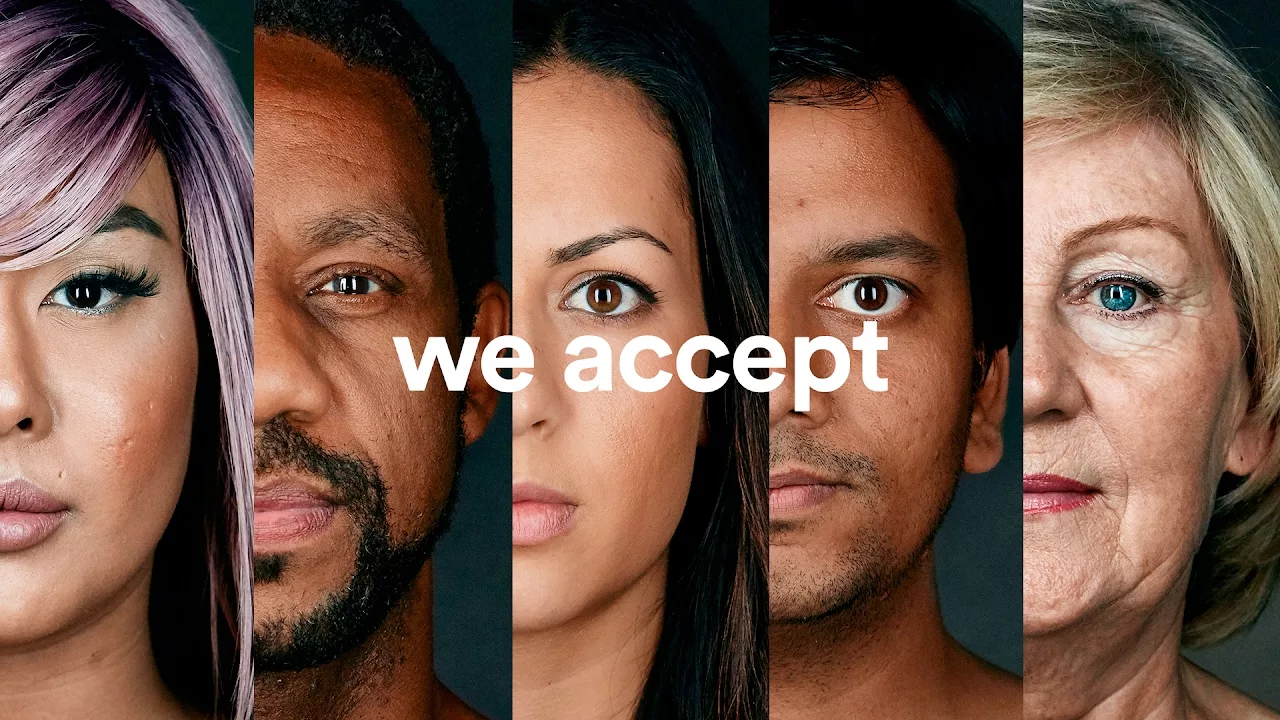Beyond the Patriots’ record-breaking comeback, business-minded viewers might have noticed something else surprising about Sunday’s big game: the number of Super Bowl commercials that focused as much or more on a cause or political message as on the product they were selling.
The most striking example of this trend was 84 Lumber’s 90-second cliff-hanger story of a Spanish-speaking mother and daughter’s harrowing journey to America. After the TV version aired — a censored version of what the company had originally intended to show — the interest in the online extended cut was so great it crashed the company’s website.
Other companies with mission-as-message Super Bowl commercials included Airbnb’s message of inclusion and diversity, Audi’s focus on gender pay equity, SoFi’s stand against student loan debt, Coke’s re-airing of its 2014 commercial modeling inclusion, Budweiser’s celebration of immigration, and Kia’s eco-warrior super-hero spot starring Melissa McCarthy.
So what does all this mission add up to?
We found it exciting and encouraging to see so many brands standing up for so many causes on such a big stage, so we turned to two marketing experts who have been working in the cause- and mission-driven space for a long time to get their view on what this broad exposure for taking a standing means for conscious companies. Here are their key lessons.
1. This was a different kind of cause-based marketing.
“We’ve seen ads in the past that have been ‘for something,'” says Anne Boyle, partner and Director of Strategy at B Corp-focused RoundPeg marketing, citing Colgate’s 2016 ad about water usage and Budweiser’s 2016 anti-drunk-driving spot. “What’s different here is that those are more traditional cause marketing, because they’re pretty well linked to the product. This year, what we saw in these ads related to welcoming and inclusiveness and acceptance was very different. Making a statement about a broader social issue is something I don’t think we’ve seen before .”
2. Raising your hand means walking the talk.
“While outright it’s wonderful to see brands delivering purposeful messages, there’s a sort of inherent tension with the self-interest of advertising on the Super Bowl,” says Simon Mainwaring, CEO of We First Branding. “The challenge that brands face once they’ve put their hand up and said ‘This is what we stand for’ is to survive the scrutiny that invites. Do they actually live up to their own standards in terms of how they source their products, how they treat their employees, how they market their brand, or their community giving programs? The challenge is to be authentic, transparent, and accountable for those claims. With such media-savvy and well-informed consumers, it’s very easy for brands to fall short of their expectations and then be called to task by the very people they’re trying to impress.”
3. Standing for something is the new normal.
“Mission-driven marketing is now a competitive landscape,” Mainwaring adds. “It’s not the anomaly, the exception, or the admirable one-off example. Now you’ve seen multiple purposeful spots in the one Super Bowl. That indicates a much broader shift in marketing at large. Companies need to be seen to do good. Every brand must migrate to making some positive contribution in the world, to ensure the support of its employees, customers, and consumers.”
4. And that’s an opportunity for truly conscious businesses.
“The edge that conscious businesses have is that mission is not just a big splash and a big ad in the Super Bowl,” Boyle says. “It’s everything that they do; they can be delivering on the promise of their purpose through their entire customer lifecycle. The question is, how do you translate what you’re doing beyond your internal operations and supply chains and how you treat your employees to engaging your customers?
As an example, 84 Lumber had an absolutely wonderful ad, but is there anything that their customers can do if they were moved by it? Is there anything that 84 Lumber is doing that they can join onto or be part of in moving that issue forward? That’s where conscious businesses have an edge on even some of the bigger players, when mission is a clear part of your DNA, not potentially a recently manufactured concern.”





